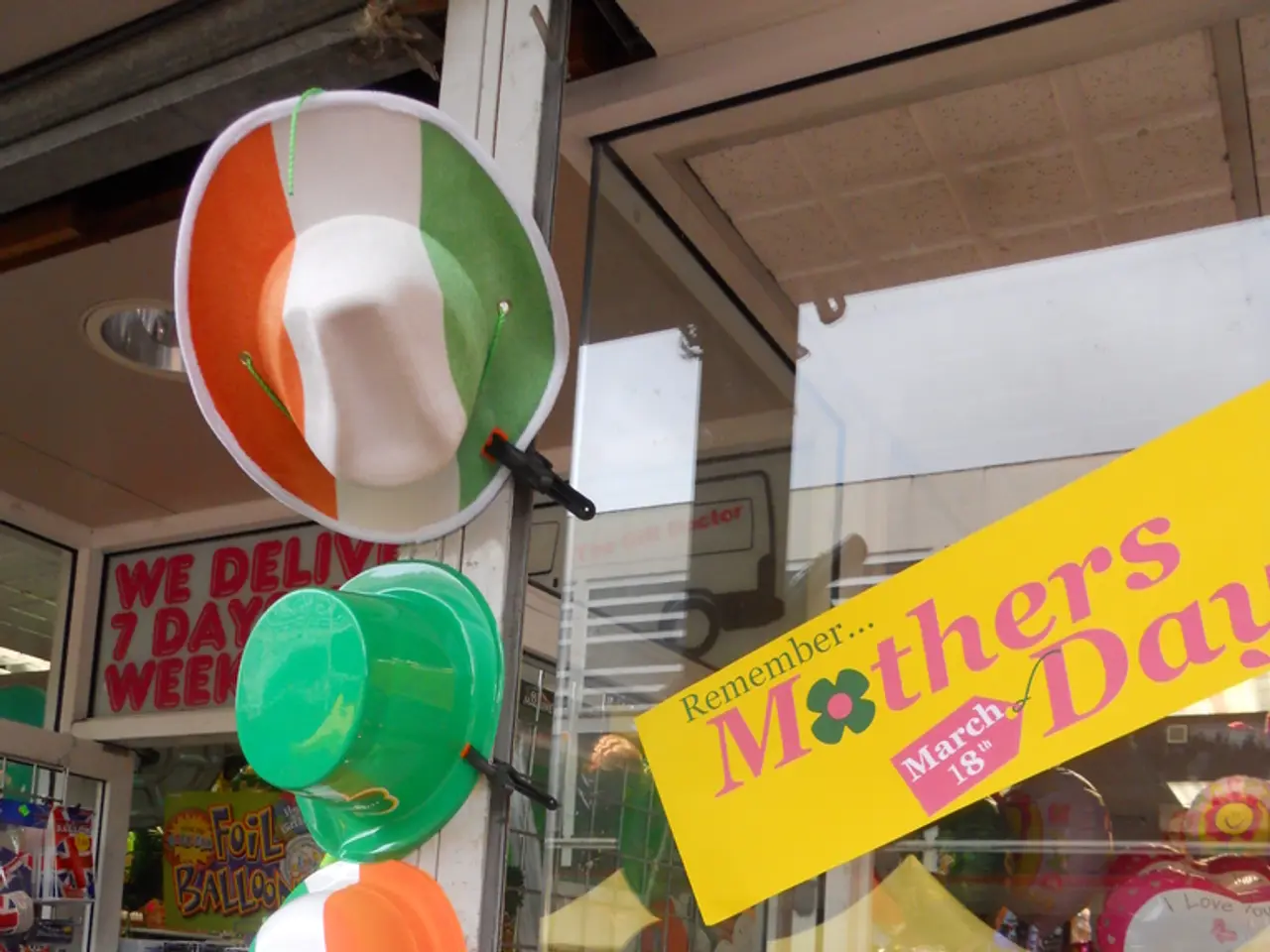Instructions for Tagging Garments for Elderly Care Facilities
In the bustling environment of a nursing home, keeping track of residents' belongings can be a challenging task. However, by implementing a consistent and effective labeling system, nursing homes can ensure the safe and efficient care of their residents.
Durable Labels for Daily Use
Quality labels that withstand frequent washing and the wear and tear of daily use are crucial for maintaining the effectiveness of labels. Sew-in labels, with their clear, bold fonts, are a reliable option for labeling clothes. For those seeking a fuss-free alternative, iron-on labels adhere securely to the fabric and withstand multiple washes.
Choosing the Right Label
The cost of labeling clothing for nursing homes varies by label type. Sew-on labels typically range from about $11.50 to $19.00 per set, depending on customization and material such as natural cotton twill. Iron-on labels, such as packs with 100 writable name tags for clothing, cost around the same price range, approximately $10 to $23 for bulk packs. Stick-on labels, a no-sew, no-iron option, are priced around $23 for 100 small labels or 72 large labels.
Customization and Bulk Orders
Customization, such as adding the resident's name or the facility's logo, can increase costs, but bulk orders often result in lower costs per label. The impact of customization and bulk orders on costs is significant, with more complex designs commanding higher prices and larger quantities allowing for economies of scale in production.
Labeling Best Practices
Labels should be large enough for easy reading and the font should be clear. Including the resident's name, allergies, special instructions, and room number on each label is essential for efficient identification. Attaching labels on the inside collar or waistband where they're easily visible but won't irritate the wearer is recommended.
Benefits of Proper Labeling
Proper labeling can help nursing home staff provide individualized care based on the resident's preferences. Including the room number helps the nursing home staff easily return clothes to the correct resident. Labeling outerwear like jackets, sweaters, and coats first is recommended due to their higher likelihood of being removed and misplaced. Regularly checking and replacing labels as needed, especially after laundry cycles, is also important to maintain clear identification.
In conclusion, a well-labeled item is crucial for easy identification of the owner of each garment, helping to facilitate personalized care in nursing homes. By following these labeling best practices, nursing homes can ensure the safety and efficiency of their residents' belongings.
In the fashion-and-beauty domain, it's essential to consider the needs of nursing home residents when selecting clothing labels. Dementia-friendly labels with large, clear fonts and resident's names can enhance identification and provide a more comfortable living environment. Moreover, implementing a home-and-garden labeling system for home care packages can prevent mix-ups and ensure correct delivery, thus improving the quality of life for those managing their care at home.




